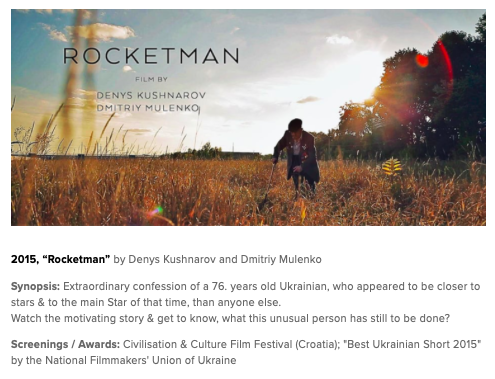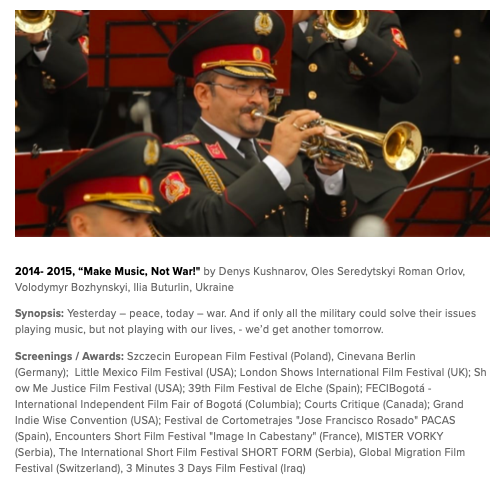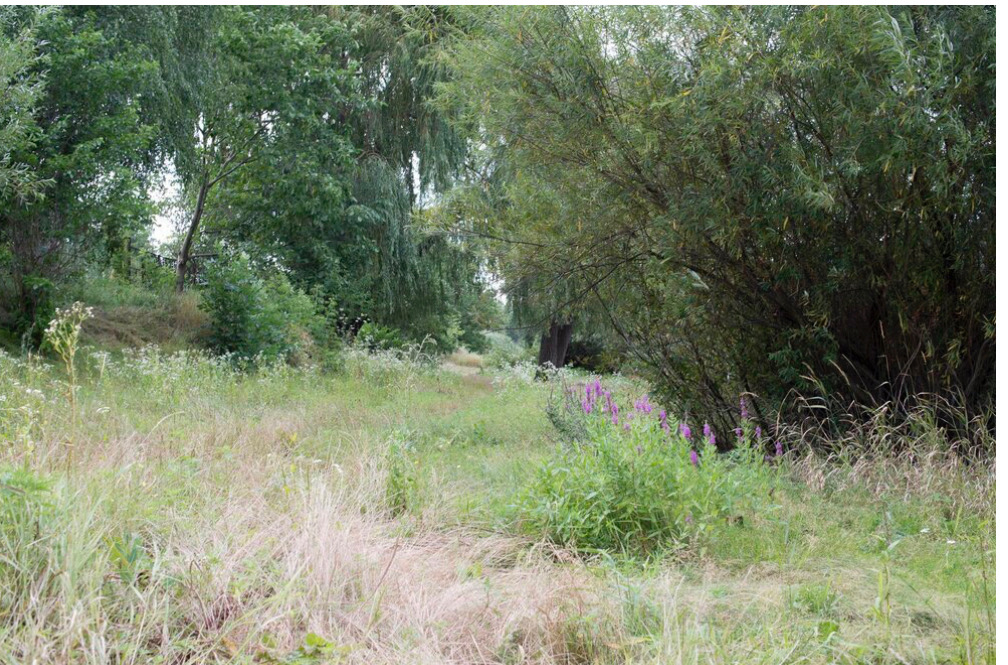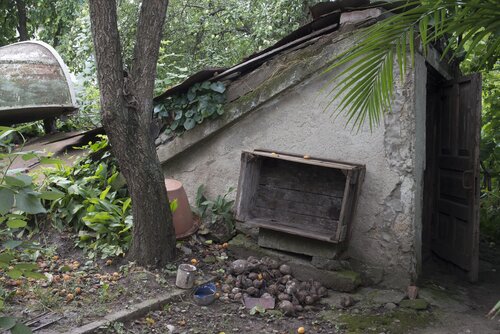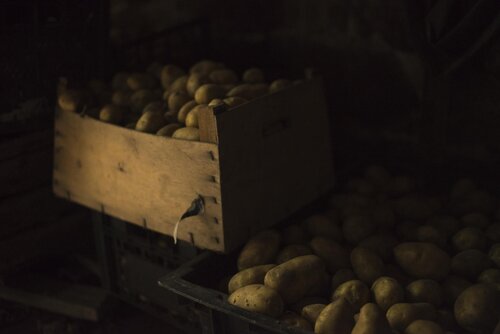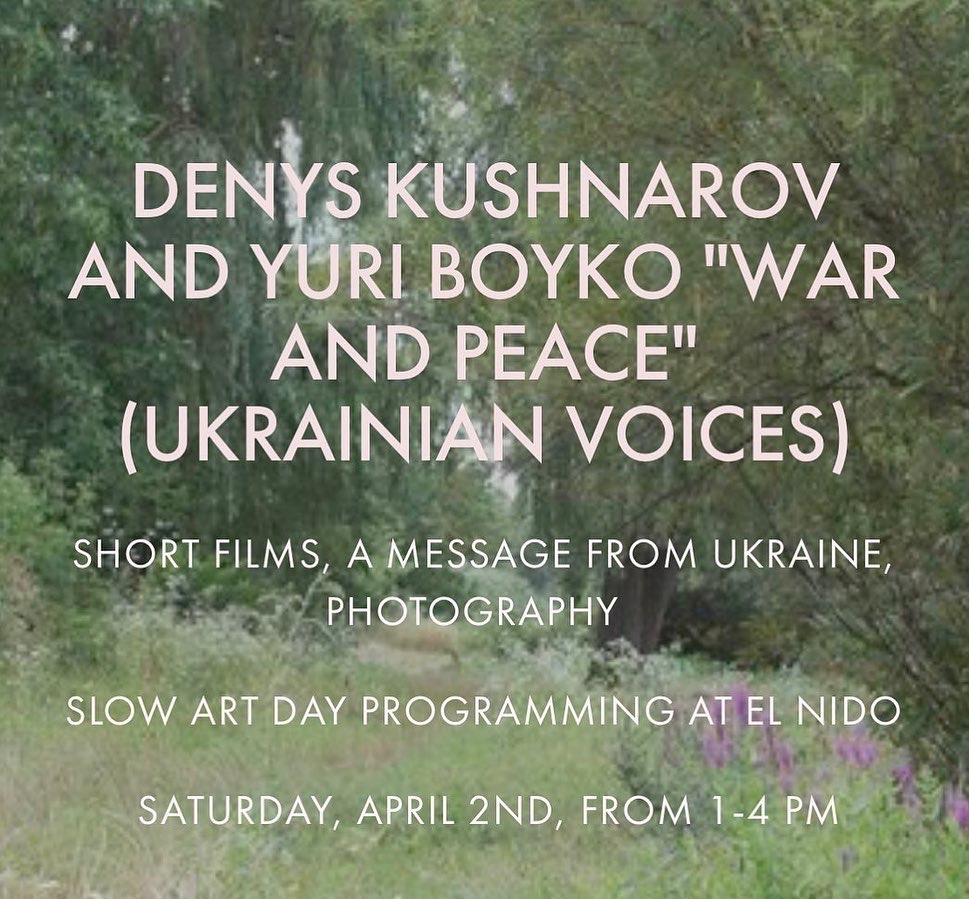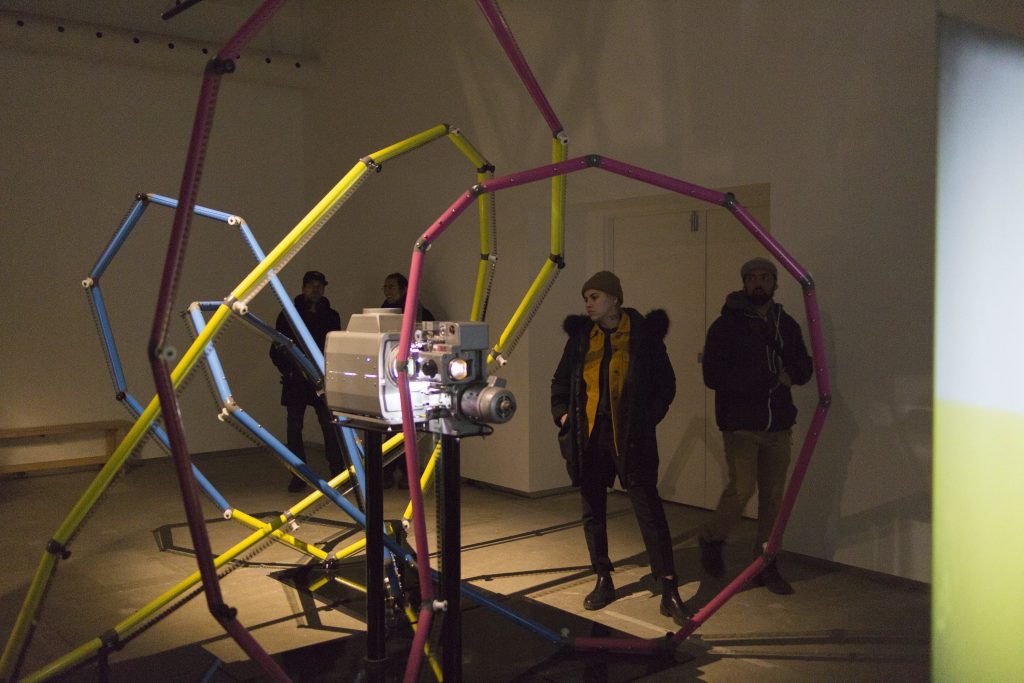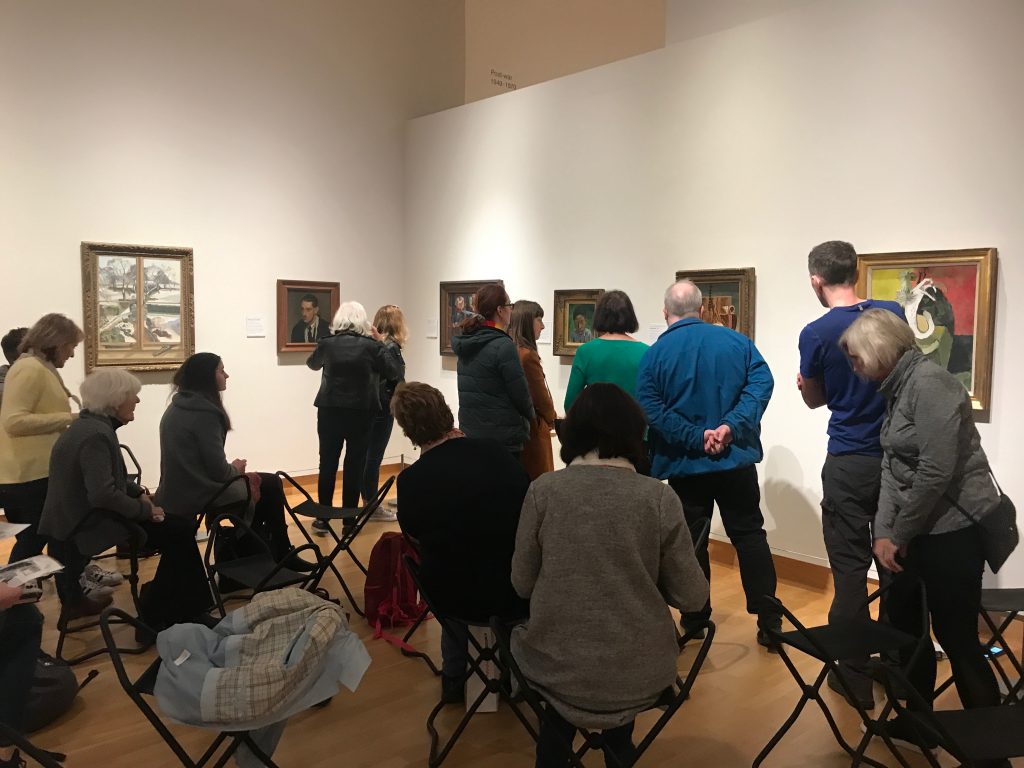For their second Slow Art Day, Wellcome Collection in London, England, hosted four different slow looking sessions which included unlocking food memories, writing object labels, and slow looking at works in the Reading Room. Wellcome Collection is a free museum that explores human health through the lens of art, medicine, and science.


The first session focused on two photographs of women amidst global crises, which illustrated how pandemics and infectious diseases affect the human experience. The exchange that followed with the participants was filled with deep, personal, and emotional testimonies.
The second session, led by Rosie Wassi, one of the Wellcome Collection team, explored the effects of environmental breakdown.

On a lighter note, the third session invited attendees to label objects from the Handling Collection, which helped to bring gallery employees and visitors closer together. Sana Siddiqui, one of the Wellcome Collection team, also reignited memories and senses through a selection of old food advertisements.
The day concluded with Wellcome Collection’s Slow Art enthusiast, Dickon Moore, leading a slow looking session of the eight-minute film “White” by Daniella Dean, which explored the impact of colonization on New Zealand’s fauna and flora.
A series of prompts were used for the slow looking sessions:
- What do you see? Colors? Textures? Patterns? Shapes?
- What do they symbolize? Why were these particular choices made?
- What do you think the artist wanted to convey through their choices?
- How does this resonate with you and your experiences? Does it trigger any emotions?
- Can you tell a story about this object?
- Based on all that has been discussed, what would you name or title this work?
Throughout the day a Slow Art slideshow, art materials, and books were also available to all visitors in the Wellcome Kitchen.


All sessions were facilitated individually or in pairs by the following Wellcome Collection team members: Jake Blackavar, Sana Siddiqui, Rosie Wassi, Isabel Greenslade, Isabelle Gapomo, Griff Davies, and Dickon Moore.
The event was well received, and Wellcome Collection provided several participants’ feedback in the file below:
At Slow Art Day HQ, we love the variety of sessions at Wellcome Collection, and are excited for whatever they come up with for Slow Art Day 2025.
-Johanna, Ashley, Jessica Jane, and Phyl
P.S. Slow Art Day 2025 is coming up on April 5. If you have not done so, please register your museum, gallery, church, sculpture park here: https://www.slowartday.com/be-a-host/

